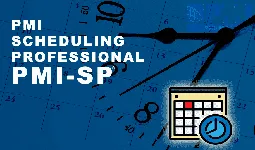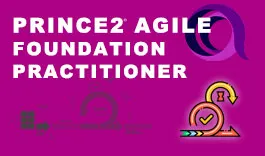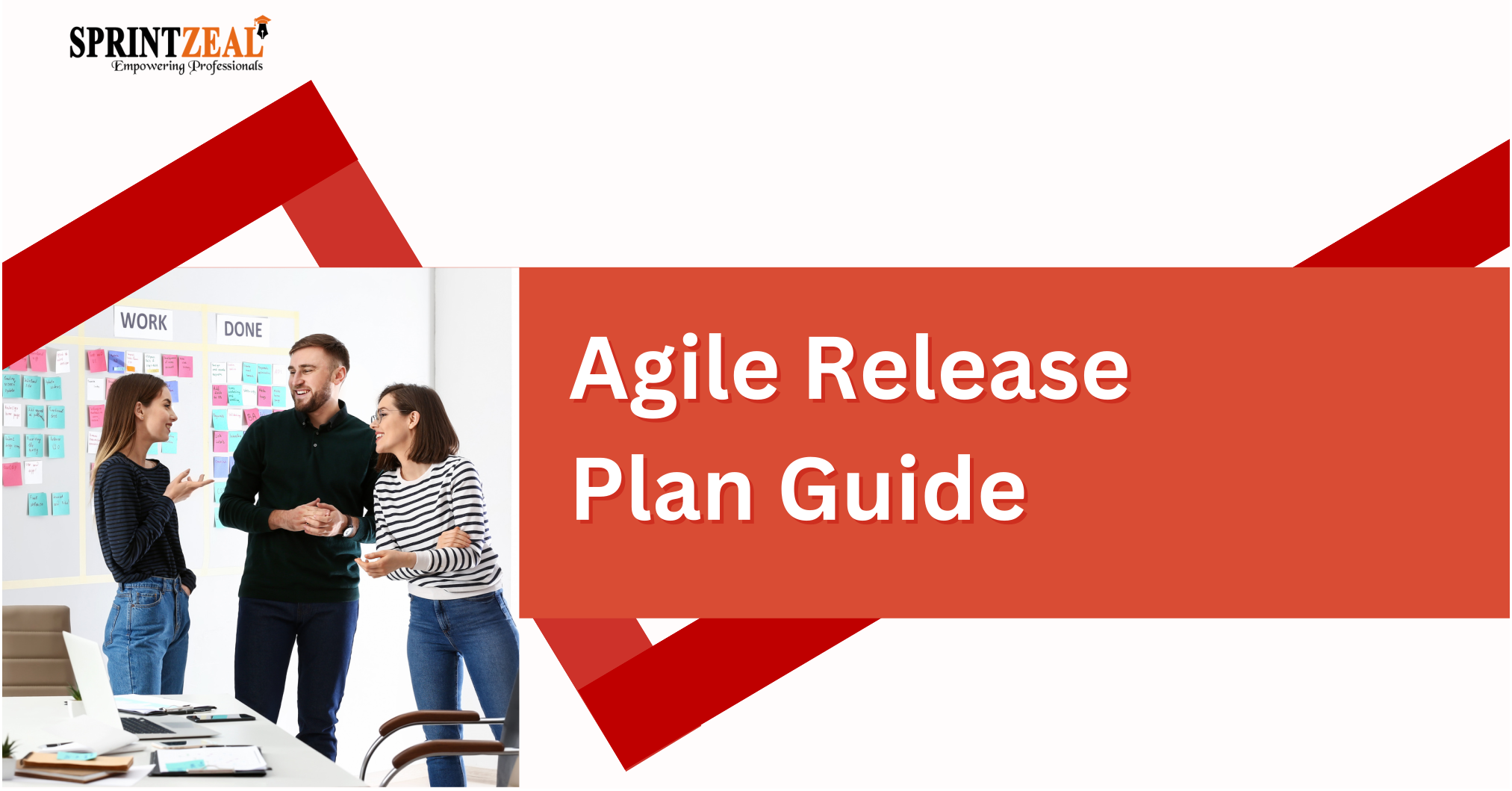Guide to Agile Project Management 2024
-
 By Nandini
By Nandini - Published on Jan 30 2024

Table of Contents
- Agile Project Management Guide for 2024
- Definition of Agile Project Management
- What are the 4 Core Values of Agile?
- What are the 12 Principles of Agile?
- Working Principles of Agile
- Agile Methodologies
- Agile Project Lifecycle
- Who Uses Agile Project Management?
- When to Consider Agile Project Management?
- Steps to Upskill Your Career in Agile Project Management
- Agile Software Development
- Conclusion
- Frequently Asked Questions
Agile Project Management Guide for 2024
Agile is a very prominent and important name in the project management industry. It is an approach to delivering projects iteratively through their entire life cycle through effective business analysis.
In project management, agile can be best described as a breaking system. The methodology of Agile project management helps you implement great planning for any project you work on.
To understand the functioning of agile project management, you need to understand agile software development. Here is a complete guide to agile project management to help you in the field of project management.
Definition of Agile Project Management
Agile Project Management is a modern approach to managing projects that emphasizes flexibility, collaboration, and customer satisfaction. It recognizes that in today's fast-paced world, change is inevitable, and the ability to adapt to change is a critical factor for project success.
Agile Project Management achieves this by breaking down tasks and goals into smaller, manageable parts, called iterations or sprints. These short cycles allow teams to respond to changes, gather feedback, and continuously improve their work. It's like building a puzzle one piece at a time, ensuring that the picture is always aligned with the evolving needs and expectations of the customers and stakeholders.
The core idea behind Agile is to deliver valuable results quickly and effectively. It places a strong emphasis on collaboration among team members and stakeholders, valuing individuals and their interactions more than rigid processes and tools.

What are the 4 Core Values of Agile?
Agile is guided by four foundational values that underpin its principles and practices. These values are the bedrock of Agile philosophy:
- Individuals and Interactions over Processes and Tools: Agile prioritizes people and how they work together. It values face-to-face communication, collaboration, and teamwork over relying solely on tools and processes.
- Working Solutions over Comprehensive Documentation: While documentation is important, Agile values a working product over exhaustive paperwork. It encourages teams to focus on building tangible solutions and refining them based on real-world feedback.
- Customer Collaboration over Contract Negotiation: Agile encourages close collaboration with customers and stakeholders throughout the project. It values customer input and feedback, fostering a sense of partnership rather than a contractual relationship.
- Responding to Change over Following a Plan: Agile acknowledges that change is inevitable and often beneficial. It prioritizes the ability to adapt to changing requirements and circumstances over sticking rigidly to a pre-defined plan.
These core values serve as the compass for Agile teams, guiding their decisions and actions as they navigate the project landscape.
What are the 12 Principles of Agile?
Agile principles provide a more detailed framework for Agile Project Management. These principles expand on the core values and provide specific guidance on how to apply them in practice. Here are the 12 principles of Agile:
Customer Satisfaction through Early and Continuous Delivery: Agile focuses on delivering value to customers quickly and regularly.
Welcome Changing Requirements, Even Late in the Project: Agile embraces change as a means to improve the project's outcome.
Deliver Working Software Frequently: Frequent releases ensure that progress is visible and that the software is continually improving.
Collaborate with Customers and Stakeholders throughout the Project: Customer involvement is crucial for success.
Build Projects around Motivated Individuals and Give Them the Support and Trust to Get the Job Done: Empowered teams are more productive.
Use Face-to-Face Communication as the Most Efficient and Effective Method: In-person communication helps avoid misunderstandings.
Working Software is the Primary Measure of Progress: Tangible results matter more than plans.
Maintain a Sustainable Pace for the Team: Avoid burnout and maintain a steady flow of work.
Strive for Technical Excellence: High-quality work is essential for long-term success.
Simplicity: Embrace simplicity in both the product and the process.
Self-organizing Teams: Encourage teams to take ownership and make decisions.
Reflect at Regular Intervals on How to Become More Effective: Continuously improve and adapt.
These principles offer practical guidance to Agile teams on how to navigate complex projects and deliver value effectively in this comprehensive guide to Agile Project Management.
Working Principles of Agile
The Agile principle is a mindset and the Agile Framework helps to respond to changes. It focuses on using the time in hand and budget allowed responsibly in order to get maximum benefit from the delivery of the product as per the required business analysis.
There are four agile principles that highlight the differences between the modern agile framework system and the traditional waterfall system, proving its benefits.
- Customer collaboration over contract negotiation is the environment which is Agile Project Management. It is driven by a team working on how a project is to be delivered to end-users while iterating over time and focusing on the core deliverable product as per the required business analysis.
Project outcomes could be significantly influenced if a user is allowed to drive the design of the project. Its primary focus is on teamwork and effective resource management, customer satisfaction, and ensuring the best quality of the product.
Through collaboration, Agile Project Management ensures that it favors innovation and benefits with correct business analysis.
- The guide to agile project management helps in boosting the team morale. By helping the team understand the project goals, team productivity can be increased. This also helps in developing a good team spirit and better team work.
- Individual interactions over process and tools also propagate a gradual shift from control to consensus. It focuses on team communication, learning from feedback, openness, and sharing data by constantly examining and focusing on high-performing teams who are accountable and engage in the project heartily to achieve the benefits of the project. This is all done accordingly as business analysis.
To ensure their commitment and accountability as the end goal of a project, even the people in the project management roles are a part of the team. They lead and serve the team so that they can create commitment among all of the team members.
This team spirit is brought forth by behavioral changes in the way you talk to individuals in the team.
- Responding to change over following the structured plan and resource planning in the traditional waterfall method just uses an agreed scope. On the other hand, as per business analysis, the scope is ultimately driven by the establishment of the time and resources available.
Here, the project management will evolve through sprints, and there will be many costs and windows sustaining it. The start of delivery is triggered when the core project becomes deliverable. A Minimum Viable Product (MVP) is established in this agile project management working environment as well.
The MVP undergoes changes when the project team realizes benefits and opportunities that have been available through the due course of each sprint.
- By easily predicting the outcomes of the working project, the accuracy of predictability can be improved. This helps in managing the schedule of project and the project deliverable.
This also helps in reducing the risks of the project since it helps in predicting the outcomes of a project. it also allows you to maintain a tab on the project to identify the issues that arises from the beginning of the project.
- Prototyping/working solutions over comprehensive documentation the products are developed by the MVP and owned by the team working together. They also work as business analysts on how and what is to be delivered within the product's core values.
When a problem arises, the entire team 'cocooned' (one-way focused) to focus on finding a solution that would help them deal with the problem. The team ensures that the scope of the project is adjusted constantly as per the required business analysis of a project.
As can be seen, the agile framework is a very important component of project management and cannot be left alone. It is extremely helpful in managing and redirecting the project with a new mindset, motivation, and benefits.
Agile Methodologies
The guide to agile project management encompasses various methodologies, each with its unique approach and practices. Some of the most prominent Agile methodologies include Scrum, Kanban, Lean, and Extreme Programming (XP). These methodologies provide specific frameworks for implementing Agile principles in different contexts and industries.
- Scrum: Scrum is a widely used Agile methodology that organizes work into fixed-length iterations called sprints. It involves roles like Scrum Master and Product Owner, and ceremonies such as daily stand-up meetings, sprint planning, and sprint review.
- Kanban: Kanban is a visual approach to managing work. It uses boards and cards to visualize the flow of tasks, making it easy to track progress and identify bottlenecks.
- Lean: Lean principles focus on eliminating waste in processes and delivering value efficiently. It often complements Agile approaches to optimize productivity.
- Extreme Programming (XP): XP emphasizes engineering practices to ensure high-quality software. It includes practices like pair programming, test-driven development, and continuous integration.
Choosing the right methodology depends on the specific needs of your project and organization. Agile methodologies are versatile and can be tailored to fit various project requirements.
Agile Project Lifecycle
The Agile project lifecycle is a flexible and iterative process that allows teams to adapt to changing requirements and deliver value in increments. It typically consists of the following phases:
- Initiation: In this phase, the project's goals, scope, and initial requirements are defined. A high-level plan is established, and a cross-functional team is formed.
- Planning: Agile planning involves creating a prioritized backlog of work, defining sprint goals, and estimating the effort required for each task. Sprint planning meetings are held to determine what can be accomplished in the upcoming iteration.
- Execution: This phase involves the actual development and implementation of the project. The team works on the tasks defined in the sprint backlog, aiming to deliver a working product increment by the end of the sprint.
- Monitoring: Agile projects are continuously monitored through daily stand-up meetings, sprint reviews, and sprint retrospectives. Progress is tracked, and any necessary adjustments are made.
- Closure: At the end of each iteration, a sprint review is conducted to demonstrate the work completed, and a sprint retrospective is held to identify areas for improvement. The project may continue with new sprints, or it may reach its final release.
This cyclic approach allows for frequent inspection, adaptation, and the delivery of valuable features throughout the project.
Who Uses Agile Project Management?
Agile project management is not exclusive to any one sector or field. Marketing, manufacturing, software development, healthcare, and other industries have all seen an increase in its use. Businesses of all sizes, from start-ups to multinational corporations, have embraced agile techniques to boost the flexibility and efficiency of their projects.
When it comes to software development, agile is particularly well-suited for handling changing requirements and creating excellent software. Agile is utilized by manufacturing industries to improve product quality and streamline manufacturing processes, and by marketing teams to respond promptly to changing market conditions.
Agile is a useful methodology for the dynamic business environment of today because of its flexibility and adaptability. For project managers, mastering Agile is essential, making it the project manager's guide to mastering Agile. This approach empowers teams to respond to changes and deliver value quickly, aligning perfectly with the ever-evolving needs of modern projects.
When to Consider Agile Project Management?
Agile Project Management is a valuable approach to consider when your project meets certain criteria:
- Change is Expected: If your project's requirements are likely to change or evolve over time, Agile's adaptive nature can help you respond effectively to those changes.
- Quick Delivery of Features is Essential: Agile allows you to release valuable features incrementally, providing rapid results and early customer feedback.
- Collaborative Teams are Available: Agile thrives on collaboration among cross-functional teams, so having the right people in place is crucial.
Agile is a versatile approach that serves as a valuable guide to agile project management across a wide range of projects, from software development to marketing campaigns. This adaptability is particularly beneficial when project requirements are fluid.
Steps to Upskill Your Career in Agile Project Management
If you're looking to enhance your career in Agile Project Management, there are several steps you can take to build your skills and knowledge:
Step 1: Take Relevant Courses: Consider enrolling in courses like "PMI ACP - Agile Certified Practitioner Certification" offered by Sprintzeal. These courses provide in-depth knowledge and certifications to boost your credibility.
Top Agile Management Certification Courses You Must Consider
CSPO – Certified Scrum Product Owner Certification
CSM – Certified Scrum Master Certification
Step 2: Join Agile Communities: Connect with like-minded professionals in Agile communities, both online and in your local area. These communities can offer support, networking opportunities, and valuable insights.
Step 3: Apply Agile Practices: Apply Agile principles in real projects, either at work or in personal projects. Hands-on experience is one of the most effective ways to learn.
Step 4: Read Agile Books and Resources: There are numerous books, articles, and online resources dedicated to Agile. The Agile practice guide will offer practical insights and recommendations for implementing Agile principles effectively in various projects. Explore these materials to gain a deeper understanding of the methodology.
Step 5: Seek Mentorship: Find a mentor who has experience in Agile Project Management. They can provide guidance and valuable insights as you navigate your Agile journey. Having a knowledgeable mentor by your side can significantly enhance your understanding of the principles outlined in this comprehensive guide to Agile Project Management.
By taking these steps, you can build a solid foundation in Agile and advance your career in this dynamic field.
Agile Software Development
The cross-functioning teams and their customers by self-organizing work hand in hand to meet the requirements and find solutions through the use of various software development tools is called Agile Software Development.
It paves the way for Agile project management as it encourages flexible and rapid response towards changes, ensures early delivery, evolutionarily develops, plans adaptively, and improves continuously by giving suitable business analysis.
The agile framework life cycle is like an ascending staircase with incremental steps leading to the completion of the project.
The iterative approach in agile software development benefits by adjusting the working mechanics while the work is being done, which promotes adaptive and fast growth of the project management with business analysis at every step of the project.
It does not work on a linear path to make the project successful. Its main aim is to achieve benefits throughout the working process of the work by using business analysis rather than just getting them at the end.
Its core values include the exhibition of the behavior of trust and central values; collaboration; empowerment; and flexibility.
Conclusion
Agile project management guide is a powerful approach that empowers teams to adapt to change, deliver value, and foster collaboration. In an era where rapid change and customer-centricity are essential for success, Agile provides a practical and effective framework for achieving these goals.
The best working forces might commit mistakes, but agile project management is software, and its complex algorithms ensure that no mistakes are made by any of the team members.
If you are looking forward to being an effective project manager, choosing an Agile framework for your day-to-day project management analysis would be the wisest choice to make. You can also learn all about it by taking up project management training and earning the PMP certification from PMI.
To get full details about Agile training courses offered by Sprintzeal and top Agile certifications, reach us at Click Here or chat with a course expert.
Subscribe to Sprintzeal's newsletter or ebook to stay updated with the latest insights and trends in the field.
Frequently Asked Questions
What are the 5 phases of agile project management?
The five phases of Agile project management typically include initiation, planning, execution, monitoring and controlling, and closure. Each phase is iterative, allowing for flexibility and adaptability throughout the project's lifecycle.
What are the steps in agile project management?
Agile project management involves various steps, including creating a product backlog, sprint planning, daily stand-up meetings, sprint review, and sprint retrospective. These steps help teams prioritize, execute, and continuously improve their work.
What is the best way to learn agile project management?
The best way to learn the guide to Agile project management is by combining formal education with practical experience.
Start by taking Agile courses from Sprintzeal, such as "PMI - ACP® - Agile Certified Practitioner," and then apply what you've learned in real-world projects. Continuous learning, mentorship, and involvement in Agile communities also contribute to your expertise in the field.
Subscribe to our Newsletters
Popular Programs
PSM® - Professional Scrum Master Certification
Live Virtual Training
- 4.6 (75 + Ratings)
- 28k + Learners
Trending Posts
Latest Agile Interview Questions and Answers To Look For In 2024
Last updated on Jul 21 2023
Agile Release Plan Guide
Last updated on May 9 2023
Cutting-Edge Technology of Google Cloud
Last updated on Jan 8 2025
What is DevSecOps and its Importance
Last updated on Sep 6 2024
Scrum of Scrums Guide
Last updated on Jun 27 2023
Data Processing - A Beginner's Guide
Last updated on Aug 18 2022
Categories
- Agile Management 54
- AI and Machine Learning 42
- Big Data 53
- Business Management 51
- Cloud Computing 44
- Digital Marketing 56
- Information Security 8
- IT Hardware and Networking 17
- IT Security 103
- IT Service Management 29
- Leadership and Management 1
- Microsoft Program 2
- Other 43
- Programming Language 31
- Project Management 162
- Quality Management 75
- Risk Management 8
- Workplace Skill Building 2
Trending Now
List Of Traits An Effective Agile Scrum Master Must Possess
ArticleDevOps Vs Agile Differences Explained
ArticleDevops Tools Usage, and Benefits of Development Operations & VSTS
ArticleAgile Scrum Methodology - Benefits, Framework and Activities Explained
Article10 best practices for effective DevOps in 2024
ArticleGuide to Becoming a Certified Scrum Master in 2024
ArticleWhy Should You Consider Getting a Scrum Master Certification?
ArticleCSM vs CSPO: Which Certification is Right for You?
ArticleAgile Manifesto - Principles, Values and Benefits
ArticleAgile Methodology Explained in Detail
ArticleAgile Project Management Explained
ArticleEssential Tools for Agile Project Management 2024
ArticleEverything about Scrum Methodology
ArticleScrum Workflow - A Step by Step Guide
ArticleLatest Agile Interview Questions and Answers To Look For In 2024
ArticleScrum Interview Questions and Answers 2024
ArticleTop Scrum Master Responsibilities 2024 (Updated)
ArticleProduct Life Cycle in Marketing: Essential Strategies for Product’s Success
ArticleDevOps Engineer Interview Questions - Best of 2024
ArticleDevOps Engineer - Career path, Job scope, and Certifications
ArticleBusiness Agility Guide - Importance, Benefits and Tips
ArticleScrum vs Safe – Differences Explained
ArticleCSM vs. PSM - Which Scrum Certification is Better?
ArticleSAFe Implementation Roadmap Guide
ArticleAgile Release Plan Guide
ArticleAgile Environment Guide
ArticleAgile Coaching Guide - Best Skills for Agile Coaches
ArticleAgile Principles Guide
ArticleSAFe Certifications List - Best of 2024
ArticleAgile Prioritization Techniques Explained
ArticleScrum Ceremonies Guide
ArticleProduct Owner Certifications List
ArticleScrum of Scrums Guide
ArticleWhat is DevSecOps and its Importance
ArticleData Processing - A Beginner's Guide
ArticleDevOps Career Guide 2024
ArticleStakeholder Engagement Levels Guide
ArticleScrum Master Career Path Explained
ArticleScrum Career Path Explained
ArticleTop Git Interview Questions and Answers [Updated 2024]
ArticleA guide to Agility in cloud computing
ebookProduct Roadmap: An Ultimate Guide to Successful Planning and Implementation
ArticleDMAIC Methodology - The Ultimate Guide
ArticleProduct Life Cycle Strategies: Key to Maximizing Product Efficiency
ArticleScrum Master Salary Trends in 2024
ArticleProduct Life Cycle Model: A Guide to Understanding Your Product's Success
ArticleWhat is a Product Owner - Role, Objectives and Importance Explained
ArticleSuccessful Product Strategies for Introduction Stage of Product Life Cycle
ArticleUnlocking Career Opportunities in Product Management: Your Roadmap to Success
ArticleSaturation Stage of Product Life Cycle: Complete Guide
ArticleCutting-Edge Technology of Google Cloud
ArticleHow to Write an Executive Summary for a Business Plan?
ArticleImportance of Procurement Management Software in Modern Business
Article

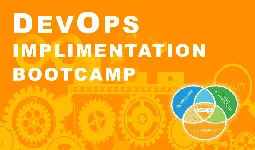
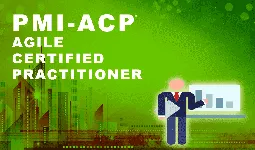
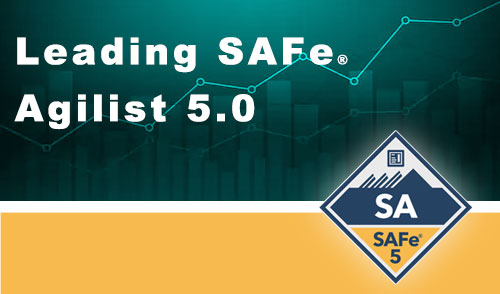
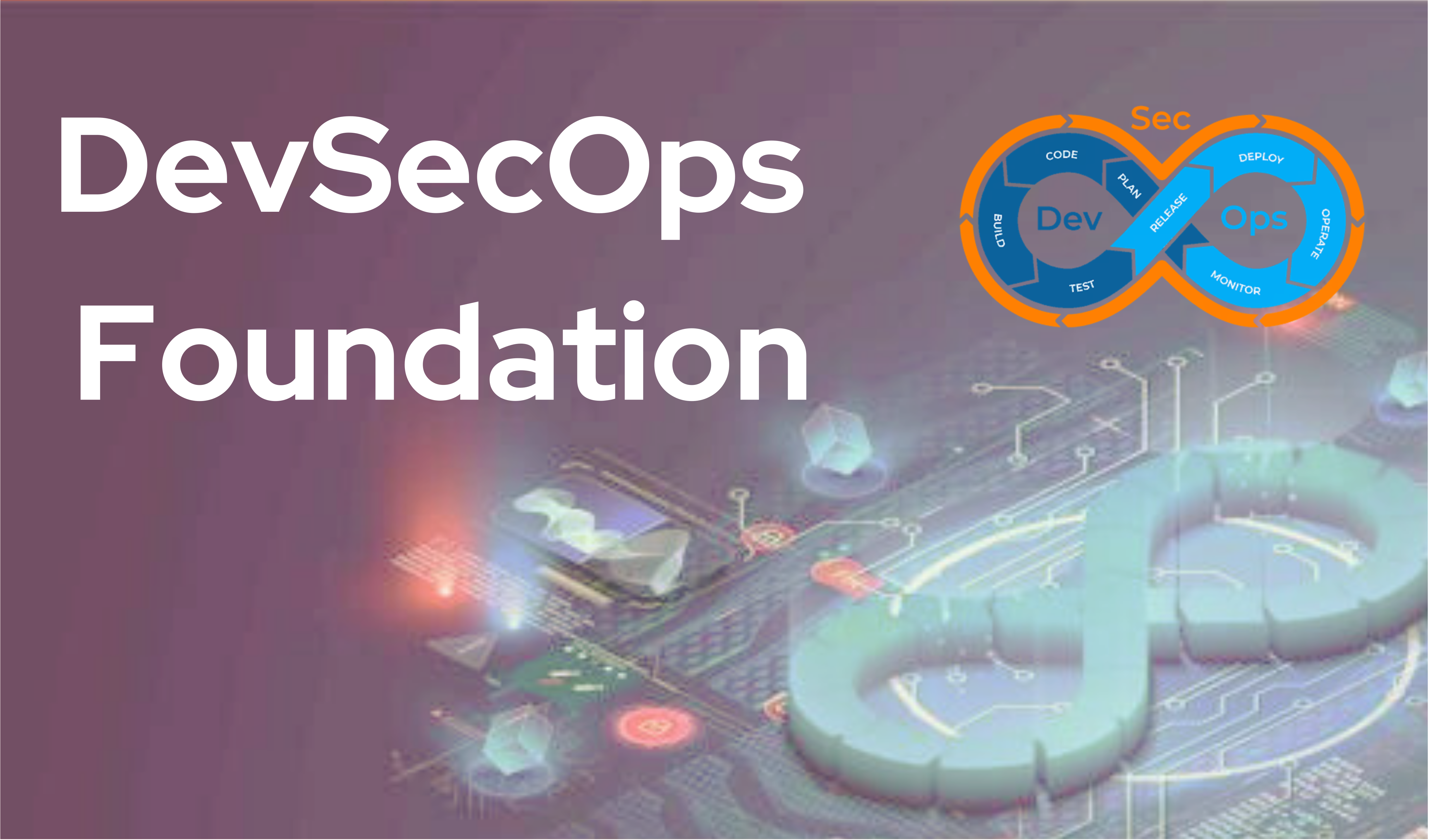

.webp)
